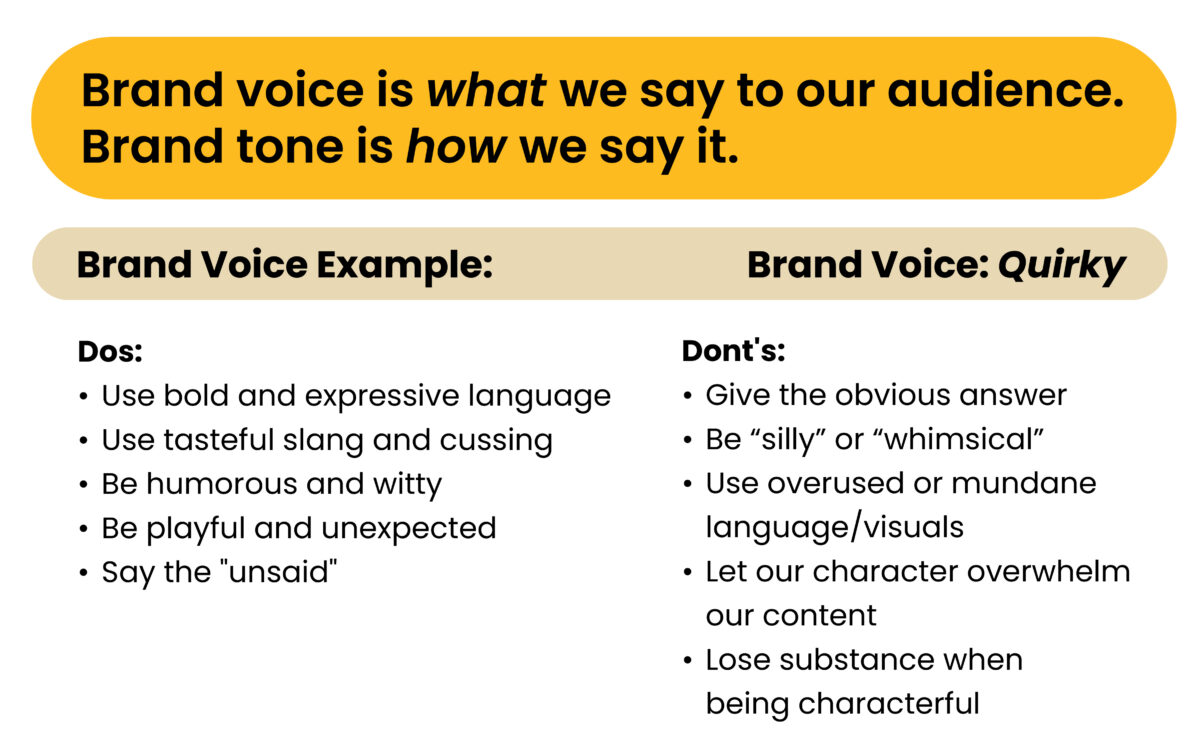
Have you ever been so captivated by a story that you lost track of time, completely immersed in the world created by the narrator? That’s the magic of storytelling in marketing, and it’s an art form that drives brand awareness, customer engagement, and lead generation.
Whether you’re crafting a video as part of your marketing strategy, designing a digital campaign, or sharing a message via content marketing, mastering storytelling can turn your ideas into compelling narratives that captivate and engage your audience, boosting conversion rates.
Let’s explore the art of storytelling that doesn’t just entertain – it drives customer acquisition and enhances brand loyalty:
1. Start with a Bang
In marketing, your story’s opening needs to grab attention quickly. Think of your favorite TV commercial or social media ad—what caught your eye? Your opening should be equally captivating. Use eye-catching visuals, striking headlines, or intriguing questions to draw your audience in. A great start sets the stage for the rest of your narrative and ensures your audience stays hooked.
2. Find Your Unique Voice
Your brand voice is a crucial part of your storytelling. Just like your favorite characters have distinct personalities, your brand should have a unique voice that stands out. Are you fun and playful, professional and authoritative, or somewhere in between? This voice should come through in every aspect of your marketing strategy—from website design and social media content to email marketing and SEO content creation. Consistency in voice helps build a strong, recognizable brand identity.
3. Create Relatable Characters
Great stories have characters that audiences care about, and in marketing, this means creating buyer personas that resonate with your target audience. Whether through a brand ambassador in a video or customer testimonials in a campaign, make sure these characters reflect your audience’s desires and challenges. When your audience sees themselves in your story, they’re more likely to connect with your message.
4. Craft a Compelling Plot
Just like in a novel, your marketing story needs a clear and engaging plot. Outline a storyline that includes pain points, solutions, and a resolution. Whether you’re creating a video ad or designing a campaign, ensure your narrative flows logically and keeps the audience engaged. Use visual storytelling elements and design to highlight key moments and keep the story dynamic.

5. Use Vivid Imagery
Visual content is your storytelling superpower. In marketing, imagery isn’t just about looking good; it’s about enhancing your message and driving engagement. Use captivating visuals, compelling graphics, and dynamic video content to bring your story to life. Engage the senses and create an emotional connection through design and multimedia elements that complement your theme, helping improve your content’s shareability.

6. Incorporate Dialogue
Dialogue isn’t just for novels and movies—it’s essential in marketing too. Whether it’s in a video script or a series of engaging social media posts, dialogue can add depth and authenticity to your story. Create conversations that reflect real customer interactions or fictional scenarios that highlight your product’s benefits. This personal touch helps build a connection with your audience and drives customer engagement.


7. Deliver a Strong Conclusion
Every story needs a memorable ending, and in marketing, this translates to a compelling call to action (CTA). Your conclusion should tie together the key points of your narrative and inspire your audience to take action. Whether it’s signing up for a newsletter, making a purchase, or sharing your content, make sure your CTA is clear, motivating, and aligns with the story you’ve told.

8. Revise and Refine
Even the best stories benefit from a bit of polishing. Review your marketing materials to ensure your narrative is clear, engaging, and visually appealing. Check for consistency in design, clarity in messaging, and effectiveness in your call-to-action elements. Sometimes, the magic happens during the revision process, so don’t hesitate to make tweaks until your story truly shines.

9. Share and Engage
Once your story is ready to go, share it across your marketing channels and engage with your audience. Use social media, email campaigns, and other platforms to spread your narrative. Encourage feedback, start conversations, and be open to different perspectives. Storytelling is not just about telling; it’s about creating a dialogue and building relationships with your audience—key to marketing content success.
And there you have it—a guide to crafting stories that not only captivate but also convert. Storytelling in marketing is a powerful tool in marketing that can transform your messages into memorable experiences and improve your content’s SEO performance. So, embrace the art of storytelling, and let your brand’s narrative create a real impact, driving both traffic and conversions!
Need help crafting your story?
Let’s build your brand story together. Reach out today to get started!
Marketing




